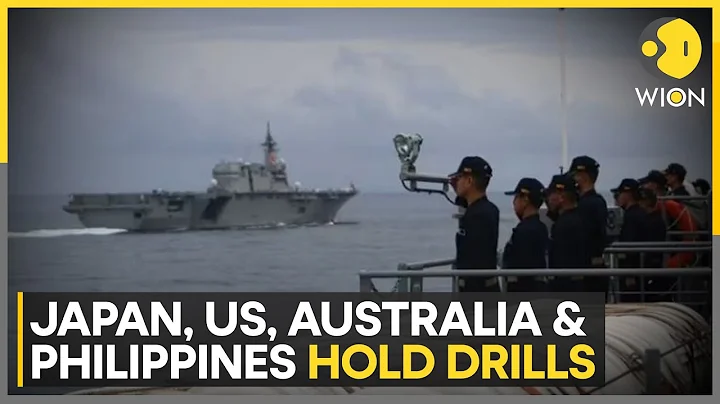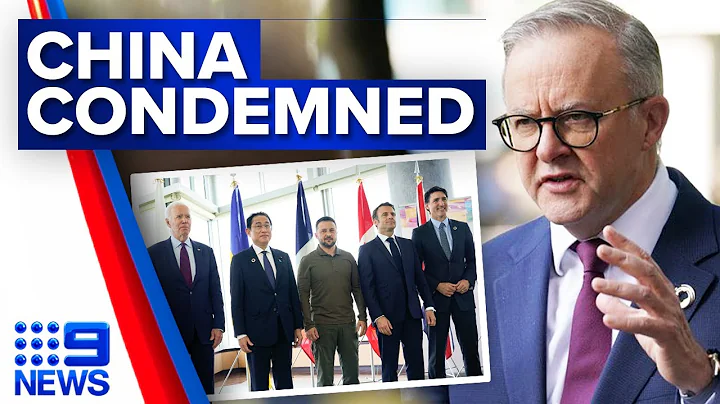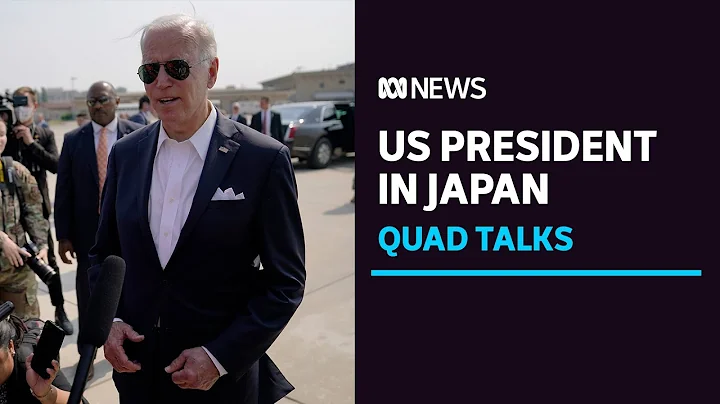China’s cooperation with island countries in the South Pacific region, in the eyes of Western countries wearing tinted glasses, is China’s “expansion” in the South Pacific region. They are always accustomed to using their own thinking to explain China’s normal external actions. , treating it as a threat and constantly attacking and smearing it.

Recently, the United States has made new moves in the Pacific region, and this move is obviously aimed at China. According to British media reports, under the leadership of the United States, the United States, Japan, Australia, New Zealand, and the United Kingdom held high-level talks with Pacific island countries in Washington, the capital of the United States. After the meeting, the five countries jointly issued a statement announcing the establishment of a new cooperation framework called the "Blue Pacific Partnership (PBP)" to promote economic and diplomatic relations between the five countries and Pacific island countries. Emphasizing that "we will unite to benefit the people of the South Pacific region."
This cooperation framework is also nicknamed the "New Five Eyes Alliance". In the statement, the five countries emphasized the importance of developing relations with South Pacific island countries, saying that the South Pacific island countries account for nearly one-fifth of the earth's area. The region is currently facing challenges from the epidemic, climate, "freedom and international order." Multiple challenges. The five countries have provided US$2.1 billion in development assistance to the region to support the development of the region, and will conduct broader cooperation with regional countries in the future.
They defined the mechanism as an "inclusive informal mechanism" based on principles such as sovereignty, doctrine, and transparency, and led or guided by Pacific island countries. The three priorities set out in the statement are to provide results for the Pacific region more effectively, strengthen Pacificism, and expand cooperation opportunities between Pacific countries and other countries around the world.

From this statement, we can see that the five countries have shown unprecedented importance to the development of the Pacific region and intend to promote relations with Pacific island countries in a respectful and equal manner. This is somewhat incompatible with the United States' consistent hegemonic power politics. The United States' past assistance and cooperation with developing countries were basically paid and came with political conditions. At this time, the United States suddenly jumped out to strengthen relations with the South Pacific island countries, which has to make people suspicious of its motives.
A U.S. official told reporters that the United States and other countries in the agency will strengthen their presence in the region through a series of measures, including climate issues, illegal fishing, new crown vaccine cooperation, and will also allow Pacific island countries to select and send personnel to Executive training in the United States. The official bluntly stated that everything the United States has done is to change the status quo of low presence in this region.
The United States appears to be very sensitive and nervous about China's normal activities in the South Pacific region. This series of plans were proposed after China strengthened diplomatic and security cooperation with South Pacific countries. The direct purpose is to counter China's increasing presence in this region. Increased influence and reputation.

Foreign media have obviously also seen the intention of the United States to lead this cooperation framework. "Hindustan Times" believes that the establishment of PBP is intended to strengthen the United States' "Indo-Pacific Strategy" in response to China's "expansion" in the South Pacific. The United States' strategic containment of China is nothing new. In recent years, its unfriendly actions in China's surrounding areas have been obvious to all, and it has continuously attracted major regional countries to contain China.
The United States is showing off its power at China's doorstep, ignoring China's strong warnings and security concerns, and instead making irresponsible remarks on China's normal foreign exchange activities. It is really a thief calling to catch a thief. For the Pacific island countries that have been ignored by the United States for a long time, the United States began to pay attention to them at this time and began to be courteous to the relevant countries. If there is any use value, we will win over it; if there is no use value, we will forget it. This is the consistent style of the United States. Now, as China's influence continues to expand, Pacific island countries have also become a part of the United States' "Indo-Pacific Strategy."

Media in the United States, Japan and other countries have also exposed the intentions behind the US government's move, pointing out that the incentive for the United States to establish the PBP was the signing of the China-China Security Cooperation Agreement, which was a move against China. It reflects the growing concerns of the United States, Australia and other countries about China’s influence. China has been defined as a "major strategic rival", and PBP is a tool used by the United States to balance China's influence.
Campbell, coordinator of Indo-Pacific affairs at the U.S. National Security Council, has previously suggested that the U.S. government strengthen cooperation with Pacific island countries and take a series of measures to strengthen mutual relations. In addition to strengthening official exchanges and adding diplomatic missions, it also suggested that it cooperate with Australia and Japan. and other countries actively cooperate to establish a new cooperation framework. " Blue Pacific Partner " is the implementation of this idea.

China has made clear its attitude very early on. China’s foreign cooperation does not target third parties and will not affect the exercise of the legitimate rights of regional countries. The "anti-China circles" in the United States, large and small, are destined to have no way out in the context of development cooperation.





















